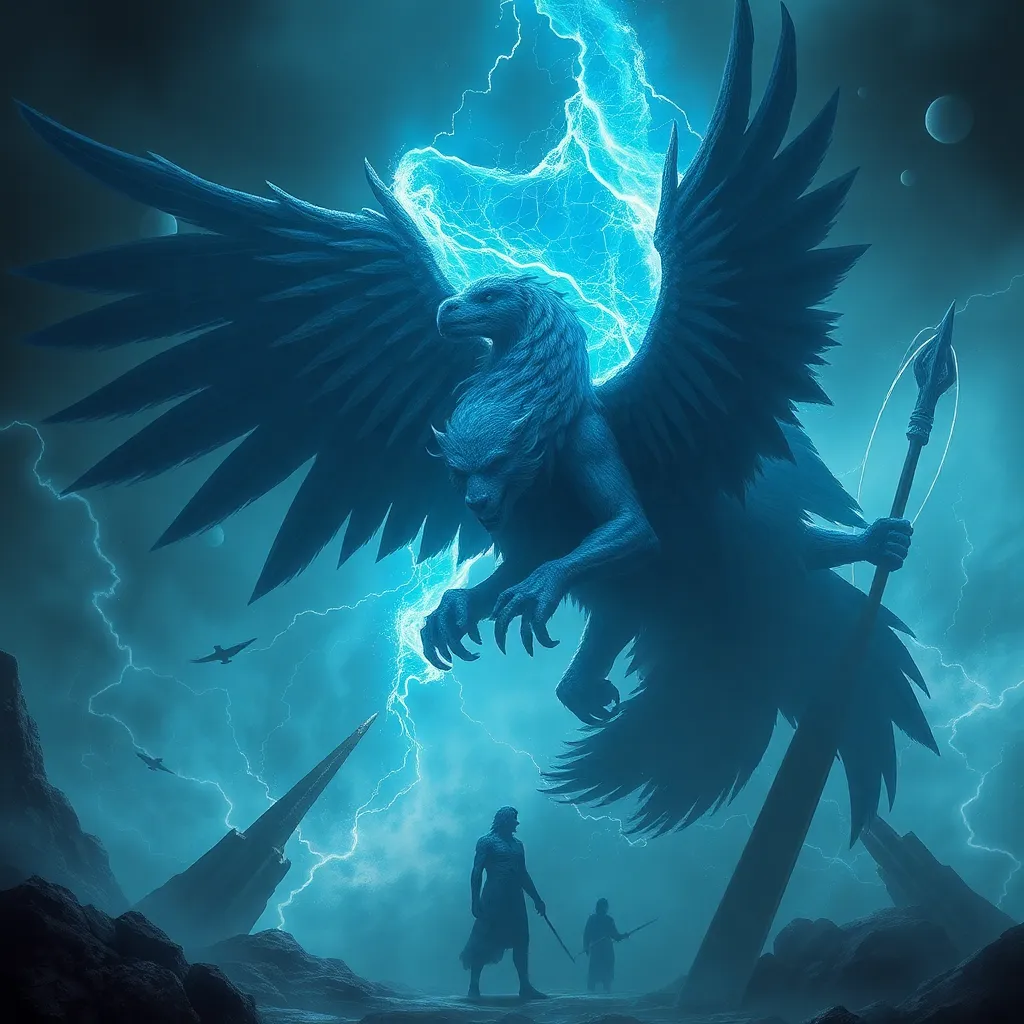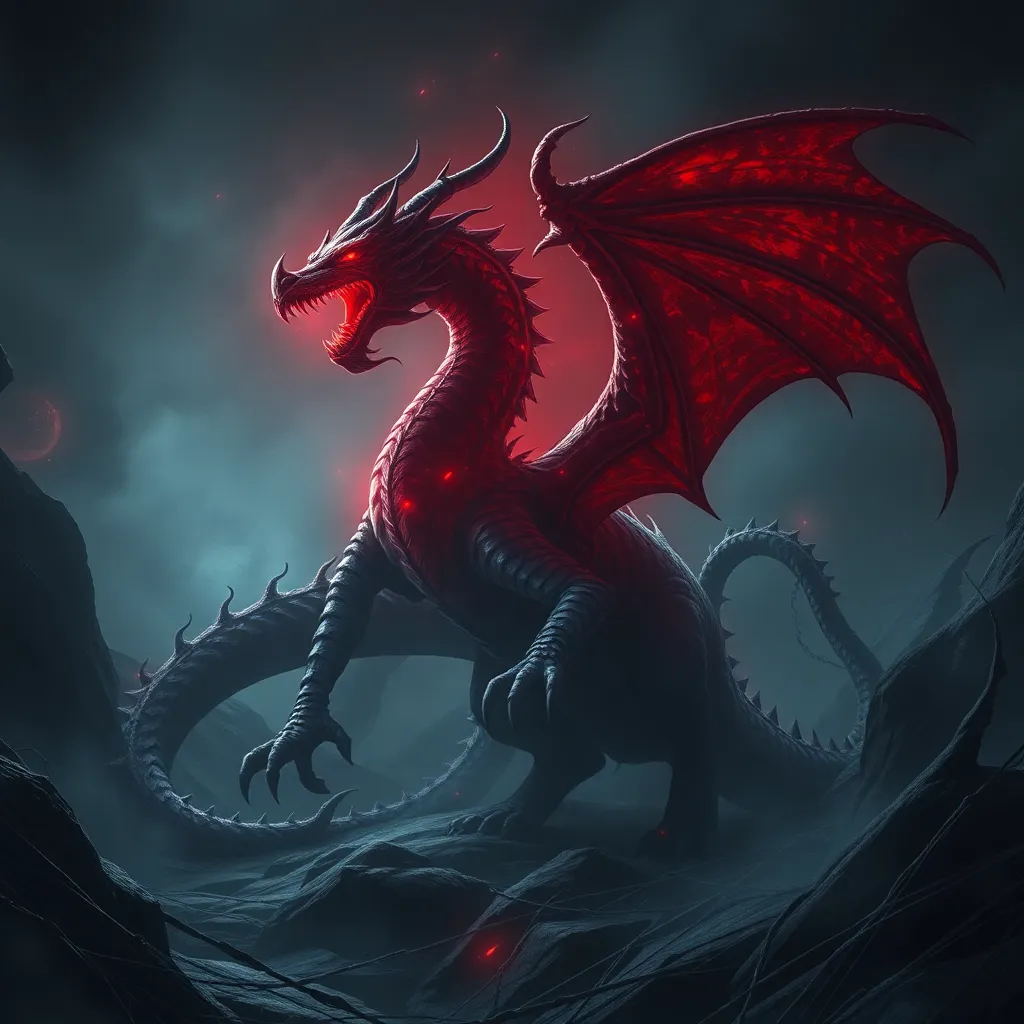1. Introduction: The Power of Transformation in African Mythology
African mythology is replete with tales of transformation and metamorphosis, reflecting the continent's diverse cultures and rich imagination. These myths embody profound beliefs about the fluidity of identity, the cycles of life and death, and the interconnectedness of all living beings.
2. Ancient African Cosmology and the Origins of Metamorphosis
In many African cosmologies, the universe is believed to have originated from a primordial chaos or void. From this primordial state, the world and all its inhabitants were brought into being through a series of transformations and metamorphoses. These myths often describe the creator deity as a transformative force, shaping and reshaping the world to bring forth life and order.
3. Anansi: The Trickster God and Master of Transformation
Anansi, the renowned trickster god in West African mythology, is the epitome of transformation. Known for his cunning and wit, Anansi frequently changes his form to outsmart his adversaries and achieve his goals. His shape-shifting abilities represent the power of adaptability and resourcefulness, essential traits in a world where challenges are ever-present.
4. The Leopard and the Woman: Tales of Shifting Boundaries
In East African mythology, the leopard and the woman are often intertwined in tales of metamorphosis. These stories explore the fluidity of gender roles, societal norms, and the nature of identity. The leopard, representing the wild and untamed, can symbolize liberation from social constraints, while the woman represents the domestic and nurturing aspects of society.
5. The Metamorphosing Hero: Mwindo and the Quest for Immortality
Mwindo, a legendary hero from Central African mythology, embarks on a perilous quest to attain immortality. Along his journey, he undergoes numerous transformations, testing his limits and evolving into a being of extraordinary power. These transformations symbolize the trials and tribulations that individuals must face in pursuit of their highest potential.
6. The Witch and the Child: Transformations of Identity and Power
In various African myths, witches are portrayed as powerful beings capable of transforming themselves and others. These tales often explore the themes of power, jealousy, and the manipulation of identity. Witches may transform into animals to spy or cause harm, or they may use their powers to change the appearance or fate of others, highlighting the fluidity of identity and the potential for both good and evil.
7. The Totemic Animal: Animal-Human Hybrids and the Interconnectedness of Life
Totemic animals hold great significance in African mythology, representing the interconnectedness between humans and the natural world. These animals are often believed to possess supernatural powers and may serve as guardians or guides to their human counterparts. Tales of animal-human hybrids, such as the mermaid or the centaur, symbolize the blurring of boundaries between species and the unity of all living beings.
8. The Role of Metamorphosis in Initiation and Rituals
Metamorphosis plays a central role in many African initiation and ritual ceremonies. These rituals mark important transitions in an individual's life, such as puberty, marriage, or social status. Through symbolic transformations, participants undergo a process of shedding their old identities and embracing new ones, representing the renewal and rebirth of the self.
9. The Social and Cultural Significance of Transformative Myths
Transformative myths in African mythology serve numerous social and cultural functions. They provide guidance on moral behavior, explain the origins of the world and its inhabitants, and reinforce cultural values. These myths also foster a sense of wonder and imagination, inspiring creativity and enriching the lives of individuals and communities.
10. Conclusion: The Enduring Legacy of African Metamorphoses
African mythology's tales of transformation and metamorphosis continue to captivate and inspire audiences worldwide. These myths reflect the continent's rich cultural heritage and offer profound insights into the nature of identity, the cycles of life and death, and the interconnectedness of all things. They serve as a testament to the enduring power of storytelling and the enduring legacy of African mythology.
FAQs
What is the most common form of metamorphosis in African mythology?
Animal transformation is a prevalent form of metamorphosis in African mythology.
Who is the most well-known trickster god associated with transformation in African mythology?
Anansi is the renowned trickster god known for his shape-shifting abilities.
What is the significance of totemic animals in African mythology?
Totemic animals represent the interconnectedness between humans and the natural world and often possess supernatural powers.
How is metamorphosis used in African initiation and ritual ceremonies?
Metamorphosis symbolizes renewal and rebirth, marking important transitions in an individual's life.
What is the social and cultural significance of transformative myths in African mythology?
These myths provide moral guidance, explain the origins of the world, reinforce cultural values, and foster creativity.



